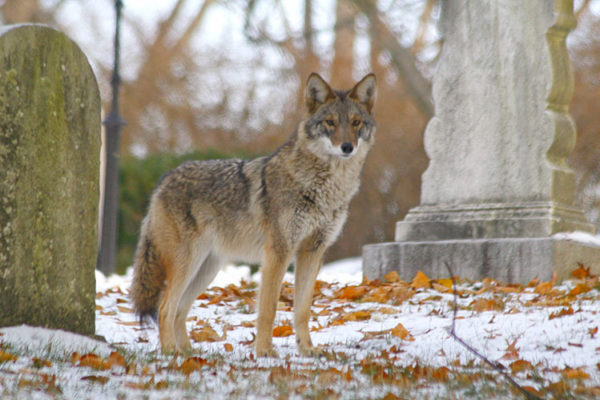
PORTLAND, Maine — The future of the coyotes that roam forests, cities and suburbs from Newfoundland to Virginia could hinge on the animals becoming the “wolves” of the East Coast. And humans better get used to them.
Coyotes have lived in the East since the 1930s, and recent genetic tests have shown they are actually a mixture of coyote, wolf and dog. That’s why Eastern coyotes tend to be bigger than their Western cousins.
And they might be getting increasingly similar to wolves. The hybrid carnivore has expanded its territory and thrived over the past eight decades, and increasingly wolflike traits are making it a larger, more adaptable animal equipped for survival on the East Coast, scientists say. The growing wolflike characteristics mean humans must learn to better coexist with the adaptable predators, scientists and wildlife advocates said.
“We now have a novel, large canid to take over that new role,” said Robert Crabtree, chief scientist of the Yellowstone Ecological Research Center. “The right size is going to be selected for us by biological evolution itself.”
The County is pleased to feature content from our sister company, Bangor Daily News. To read the rest of “Getting more ‘wolflike’ is the key to the future for coyotes,” an article by contributing AP writer Patrick Whittle, please follow this link to the BDN online.







